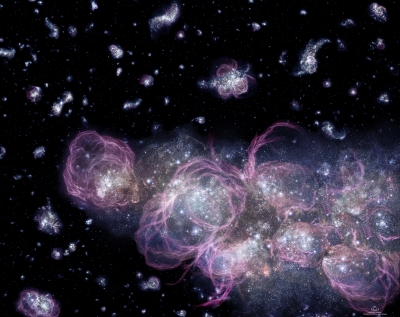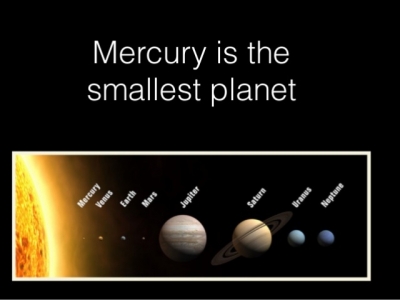
A protogalaxy is in simpler words a primeval galaxy. It refers to a galaxy that is undergoing the first generation of star formation. It is also defined as a cloud of gas that is forming into a galaxy. This particular celestial mass would just comprise hydrogen gas trapped in some dark matter prior to the initial stages of star formation. The stars are formed from the smaller clumps of gas in the protogalaxy.
Types of Galaxies
There are two types of galaxies viz. elliptical galaxies and spiral galaxies. The majority of the galaxies that you come across are elliptical galaxies and they are called so because they have an even, ellipsoidal shape. They also are comprised with a greater population of older stars when compared to spiral galaxies.
A spiral galaxy normally has a rotating disc replete with spiral 'arms. The stellar orbits are circular in shape and they have a flattened disk system. Most spiral galaxies also contain in their centre a mini-elliptical galaxy. Our galaxy, the Milky Way, is a spiral galaxy.
So what determines the shape of a galaxy? The rate of star formation during galactic evolution determines whether it turns out into a spiral or elliptical galaxy. If the star formation is at a slower pace, then it turns into a spiral galaxy.
Milky Way
About 12.5 billion years ago, the Milky Way started to form. Several huge clusters of stars and clumps of gas fused together to form a protogalaxy. This was the building basis of our home!
It then collided with many galaxies, and after a lot of mergers, it acquired its present form.
Recently, scientists discovered a population of millions of stars at the center of our galaxy. Those were the remains of the ancient protogalaxy! These oldest stars that were found in the core area of our galaxy were analysed and the scientists found out that they were part of a protogalaxy.
The diameter of which extended to 18 thousand light-years, and with a mass that was 50-200 million times that of the Sun!
Picture Credit : Google


